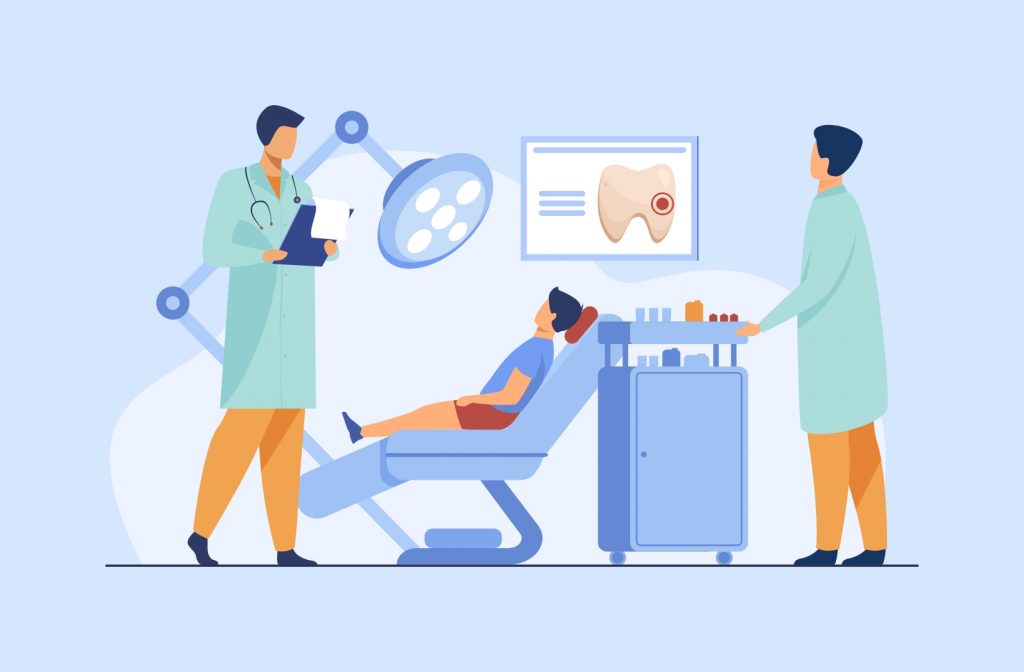Federally Qualified Health Centers (FQHCs) play a critical role in delivering primary care to underserved populations in the United States. Chronic diseases, such as diabetes, hypertension, and chronic obstructive pulmonary disease (COPD), disproportionately affect these communities, creating an urgent need for targeted interventions. Specialists, along with advanced technology and collaborative care models, are essential in improving chronic disease outcomes in FQHCs.
Chronic Disease in Underserved Communities: A Statistical Overview
- Prevalence: Approximately 60% of U.S. adults live with at least one chronic disease, and 40% have two or more. These rates are even higher in low-income populations served by FQHCs.
- Economic Impact: Chronic diseases account for 75% of U.S. healthcare spending, significantly straining FQHC resources.
- Access Disparities: Patients in underserved areas are twice as likely to experience complications from chronic diseases due to lack of access to specialists and continuity of care.
The Role of Specialists in FQHCs
1. Enhanced Diagnosis and Treatment
Specialists bring expertise in managing complex cases that primary care providers (PCPs) may not encounter regularly. For example:
- Endocrinologists provide advanced care for patients with uncontrolled diabetes, reducing the risks of amputation and organ failure.
- Cardiologists help manage complications of hypertension and heart disease, improving long-term survival rates.
2. Collaborative Care Models
Team-based care, involving specialists, PCPs, and care coordinators, ensures a comprehensive approach to chronic disease management. For instance:
- Behavioral Health Specialists address mental health issues like depression, which is common in chronic disease patients and can hinder adherence to treatment plans.
- Pharmacists work alongside specialists to optimize medication regimens, reducing adverse drug interactions and improving efficacy.
3. Prevention and Education
Specialists often lead patient education initiatives, empowering individuals to better manage their conditions. They also identify risk factors early, reducing disease progression through preventive measures.
Best Practices for FQHCs to Integrate Specialists
- Telehealth Solutions
- Telehealth bridges the gap between patients and specialists, particularly in rural areas.
- Studies show that teleconsultations reduce hospital admissions by 20% for chronic disease patients.
- Referral Management Systems
- Effective referral management platforms, like HealthViewX, streamline communication between PCPs and specialists, ensuring timely interventions.
- Automated follow-ups and integrated patient records improve care coordination.
- Care Coordination Teams
- Dedicated care coordinators facilitate specialist appointments, track patient progress, and ensure treatment adherence.
- Data indicates that team-based care models reduce emergency room visits by 30% for chronic conditions.
- Patient-Centered Medical Homes (PCMH)
- Transitioning FQHCs into PCMHs fosters collaboration between specialists and PCPs.
- PCMH-certified FQHCs report a 25% reduction in chronic disease complications compared to traditional care models.
Leveraging Technology to Improve Outcomes
Electronic Health Records (EHRs)
Integrated EHR systems enable seamless sharing of patient information between PCPs and specialists, reducing redundancies and improving diagnostic accuracy.
Remote Monitoring Devices
Devices such as glucose monitors and blood pressure cuffs allow specialists to monitor patients’ conditions in real time, enabling early interventions.
- Studies indicate that remote patient monitoring (RPM) improves diabetes control in 70% of patients and reduces hypertension complications by 25%.
Data Analytics for Risk Stratification
Advanced analytics identify high-risk patients, enabling specialists to prioritize care and allocate resources effectively.
Conclusion
Specialists are a vital component of improving chronic disease outcomes in FQHCs. By leveraging collaborative care models, adopting technology, and focusing on patient-centered approaches, FQHCs can reduce health disparities and enhance the quality of life for underserved populations.
HealthViewX offers advanced care coordination and referral management solutions tailored for FQHCs, ensuring that specialists and PCPs work seamlessly to deliver value-based care. With the right strategies, FQHCs can lead the way in tackling the chronic disease epidemic.







